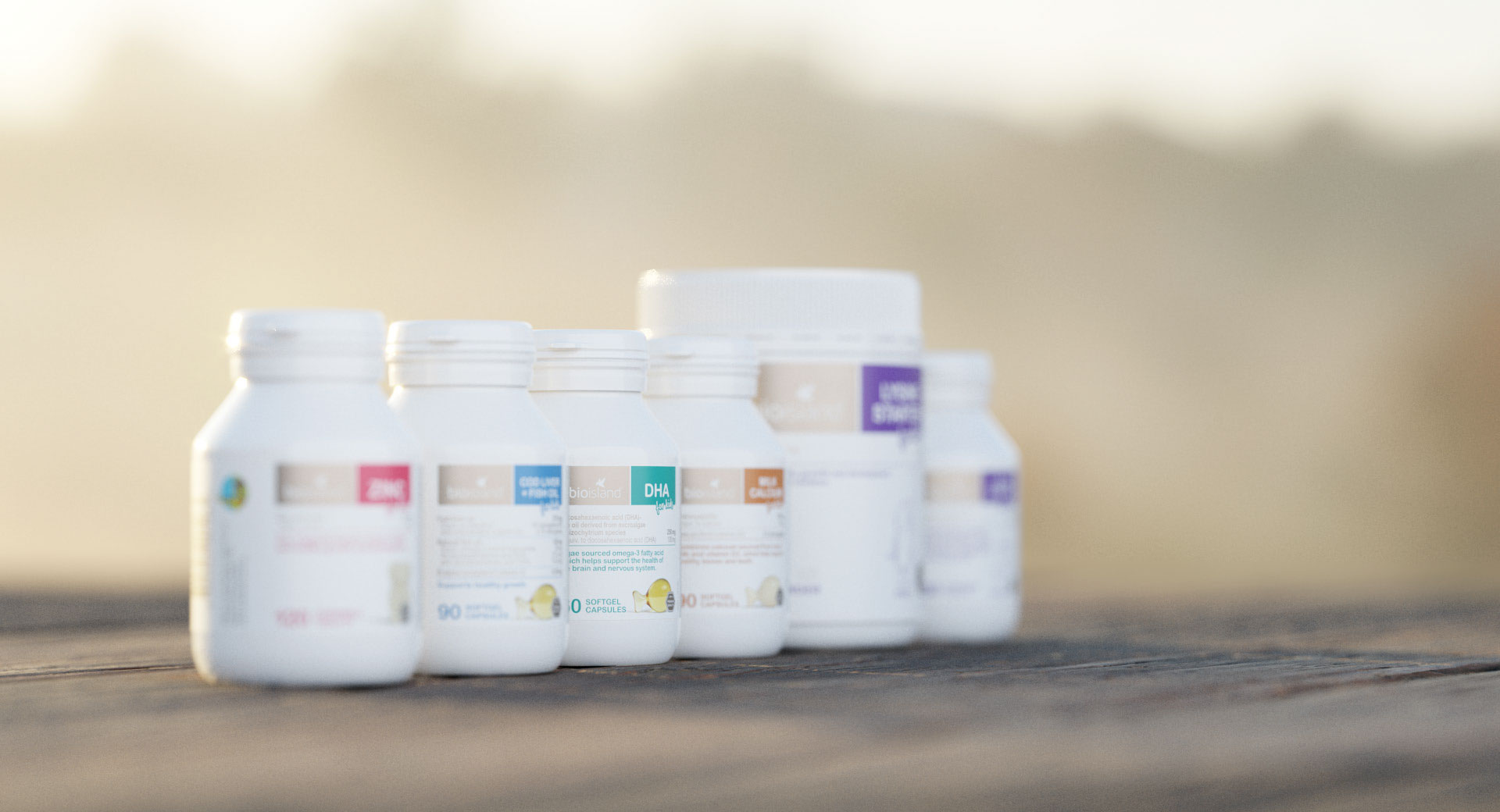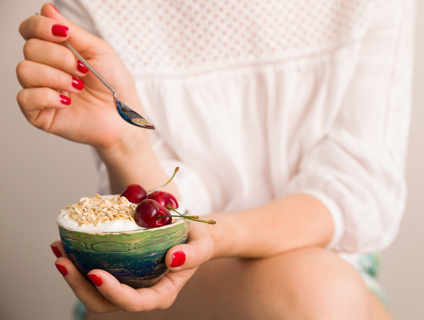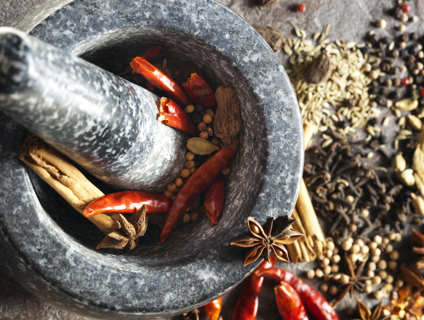
How much salt are you eating? And how to still enjoy savoury foods
Salt is made up of sodium and chloride and it is the sodium in salt that can be bad for your health in large amounts.
By Bio Island Nutrition Team
Salt and sodium are often used interchangeably but they refer to different things. Salt is made up of sodium and chloride and it is the sodium in salt that can be bad for your health in large amounts. It is recommended for adults to consume no more than 2000mg of sodium (5g or one teaspoon) per day. However, the average Australian consumes more the twice that a day.
Our bodies need sodium to help regulate and circulate blood and other fluids. However, if we consume too much salt in our diet it will then cause high blood pressure otherwise known as hypertension. High blood pressure is a gate way to a number of chronic conditions such as;
- Heart failure
- Fluid retention
- Kidney problems, such as kidney stones
- Stroke
- Left ventricular hypertrophy, also known as the thickening of the heart muscle
To reduce our risk of these chronic conditions, implementing ways to reduce our salt consumption is vital. As the craving for salty foods is something that is learned it is possible to retrain your taste buds to reduce the amount we consume, especially through our cooking process. Also, seventy five percent of our salt intake is hidden in a lot of the packaged foods we eat as it is commonly used to preserve and flavour foods. Some things that contain really high sodium levels without us even realising include;
- Most tinned products, which are processed, preserved and flavoured using large quantities of salt. If you bought a jar of Napoli sauce for your pasta dish, it contains on average 300mg of sodium, that’s fifteen percent of your daily salt intake!
- All commercial breads and pastries. Two slices of bread on average contains about 15% of your daily intake of salt.
- Chips, biscuits and crackers. In just 10 grams of crackers it contains approximately 72mg sodium! and that is not including any dips or cheeses we put on the crackers.
- Deli and processed meats. Bacon is well loved favourite; however one single serving of bacon contains approximately 588mg of sodium.
- Sauces, dressings and other condiments. One teaspoon alone of BBQ sauce contains 223mg of sodium, that’s approximately 10% of your daily intake.
So, ways to reduce our sodium or “salt” consumption, is to try to:
- Eat mostly fresh food, such as fruits and vegetables. If these aren’t accessible try for frozen instead of canned.
- In the grocery shops go for the option that states ‘no added salt’, ‘salt reduced’ or ‘low salt’. This doesn’t mean the item is completely free of salt, but it is still the healthier option in most cases.
- Learn how to read a food label, so you can choose the healthier option and compare the products that are on the market. Also knowing how to convert sodium to salt. This can be done by multiplying the sodium figure in milligrams by 2.5 and then divide by 1000. So, 200mg of sodium is equal to 500mg or 0.5g of salt.
- Cut down salt by replacing with interesting herbs and spices.
- Try and stay away from processed and deli meats, swap for fresh red and white meats or tofu, lentils and beans for a vegetarian source of protein.
- When you sit down at the table, try not to put the salt and pepper on the table, this reduces the risk of temptation.
- Dress salad with lemon juice, olive oil or balsamic dressing instead of buying pre-packaged dressings.
This information does not take into account your personal situation and is general in nature. You should consider whether the information is appropriate for your needs and seek professional medical advice.
Always consult your healthcare professional before taking any supplements or if any concerns arise.




